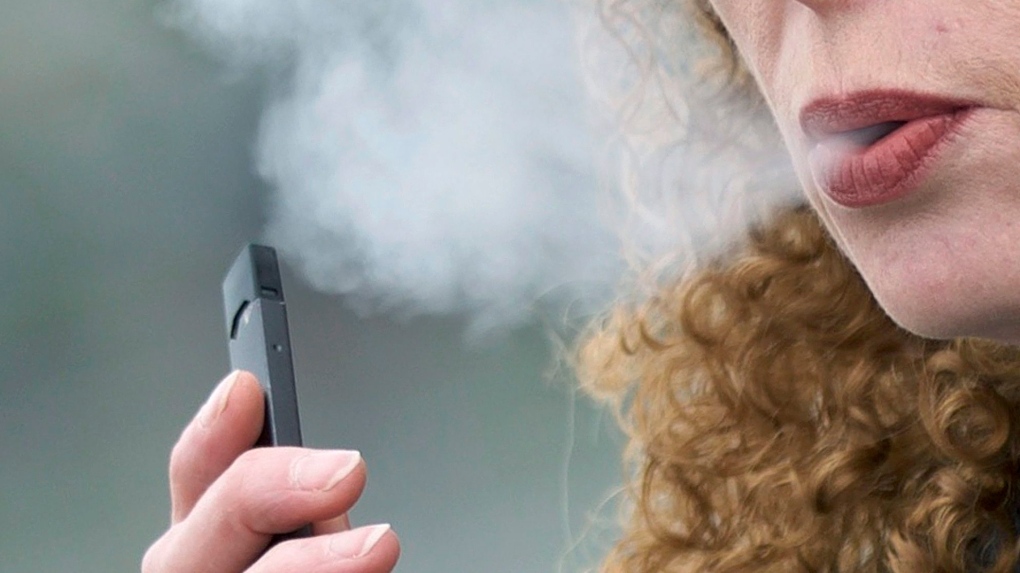
A new study published in the journal Children by researchers at Brescia University College and Western University, found about a quarter of high school students in Canada reportedly vaped within the last month, some of which include vapes with nicotine.
“Vapes were initially marketed as a potential solution to tobacco smoking with claims that they could be a less harmful alternative,” said Jamie Seabrook, chair of the School of Food and Nutritional Sciences at Brescia University College in a press release. “While we are still trying to fully grasp the long-term effects of vaping on physical and mental health, our study shows vapes are exposing youth to nicotine and putting them at risk of nicotine addiction.”
Findings came from the 2019 Canadian Student Tobacco, Alcohol and Drugs Survey (CSTADS) of 38,299 Canadian high school students in grades 9 to 12, which reported on the prevalence of different kinds of vaping while taking into account health and social differences among students.
Researchers found 26 per cent of high school students have vaped in the past month, and 12 per cent of them reported having exclusively smoked vapes containing nicotine.
“Youth who vape nicotine-free products tend to have a worse understanding of the risks of e-cigarette chemicals, which can translate to uninformed use and they may conclude that dangers of cigarette smoking are also exaggerated,” said Seabrook.
They also found 11.3 per cent of students are using both nicotine and nicotine-free vapes, while 2.5 per cent are using nicotine-free vapes only.
In 2021, data from Statistics Canada showed 13 per cent of Canadian youth aged 15 to 19 had vaped in the last month.
According to the researchers, this new study is unique in that it looks at the correlation between gender, age, and other substance abuse, and vaping. In fact, it revealed male students were more likely to have vaped in the past month than females.
Additionally, students who used other substances such as alcohol, tobacco, or cannabis, were linked to students who vaped with or without nicotine.
In terms of age as a factor, students in grades 10 and 11 showed a higher rate of nicotine vaping compared to those in Grade 9. However, students in Grade 9 were more likely to vape with both nicotine and nicotine-free vapes than students in grades 11 and 12.
These findings are important, according to one of the researchers, as understanding the differences amongst the categorized groups of teens who vape can aid policy-makers to implement more targeted interventions based on factors such as age or gender.